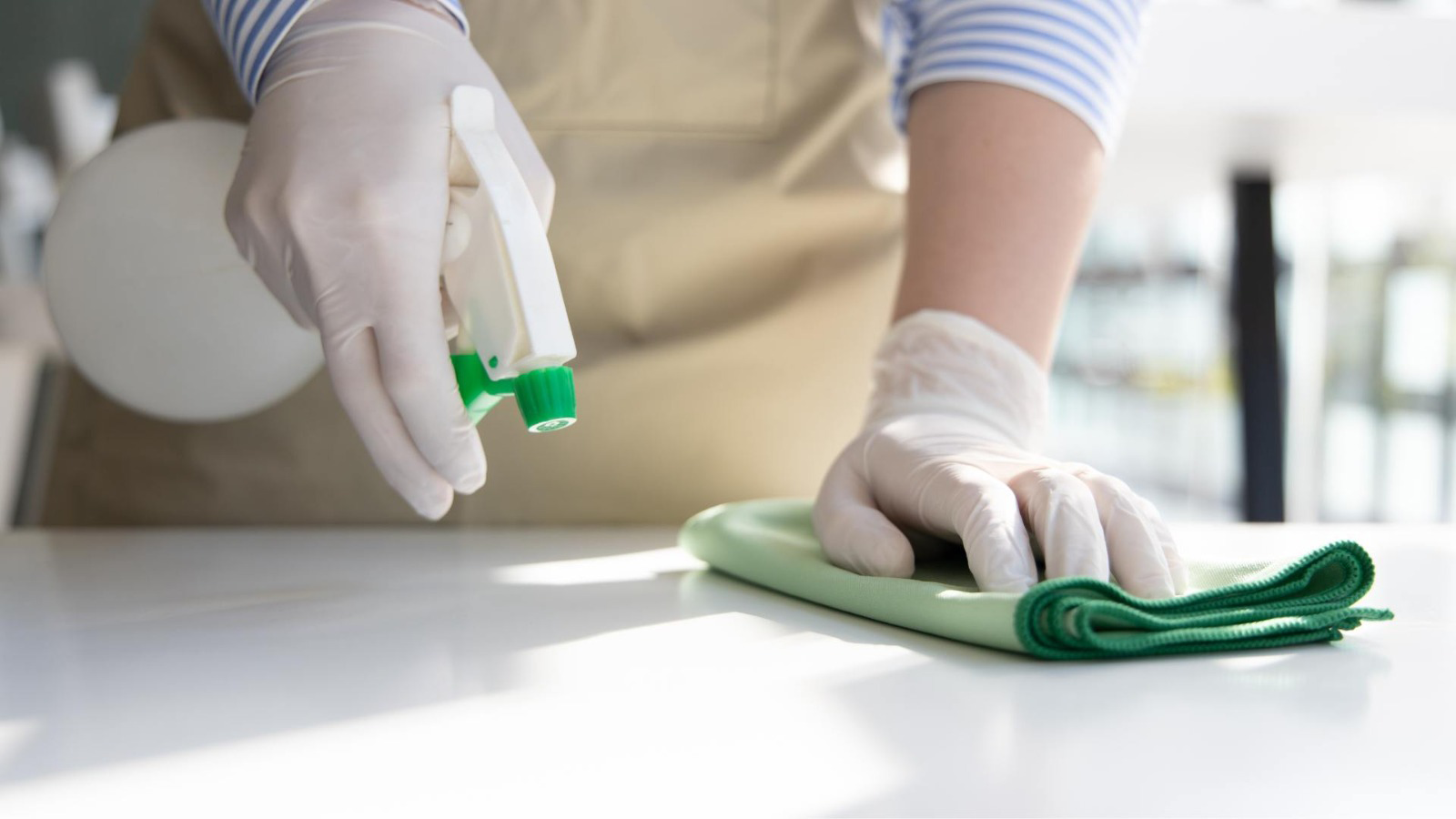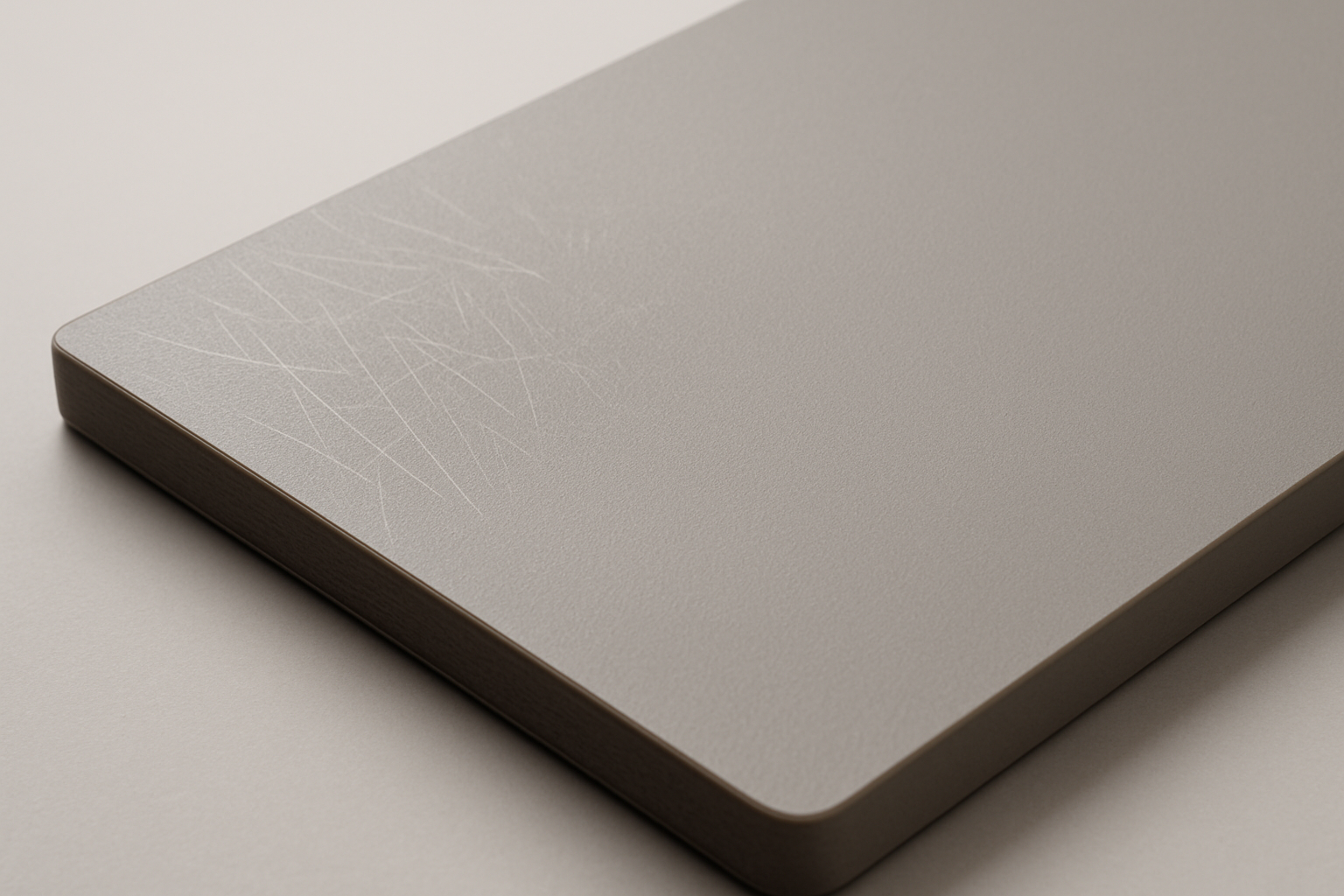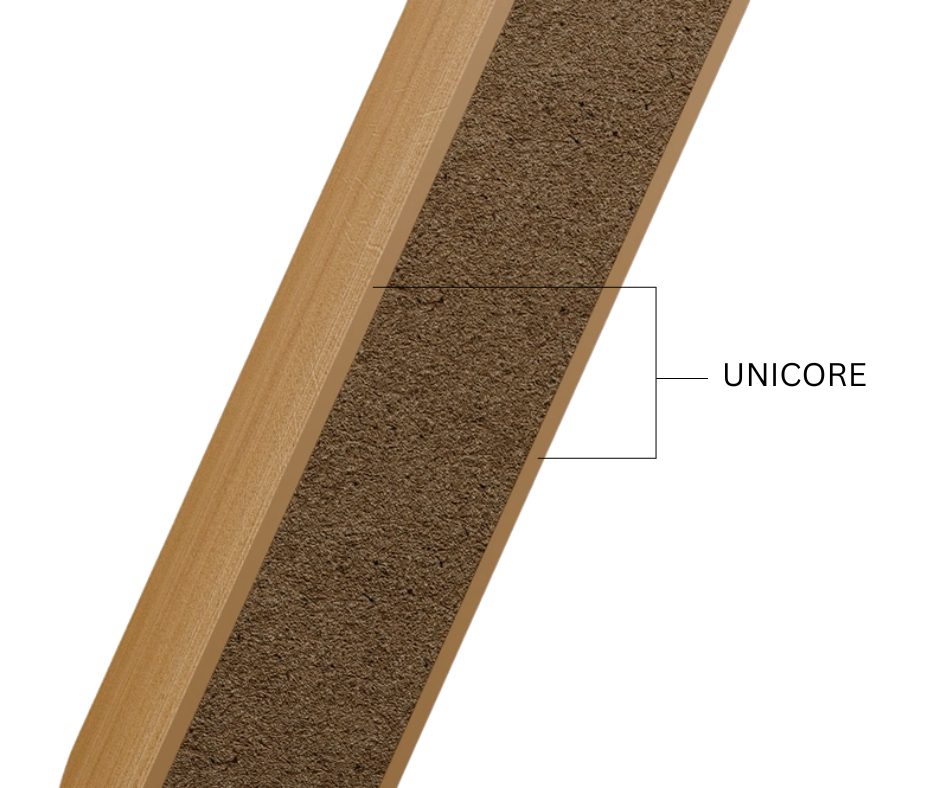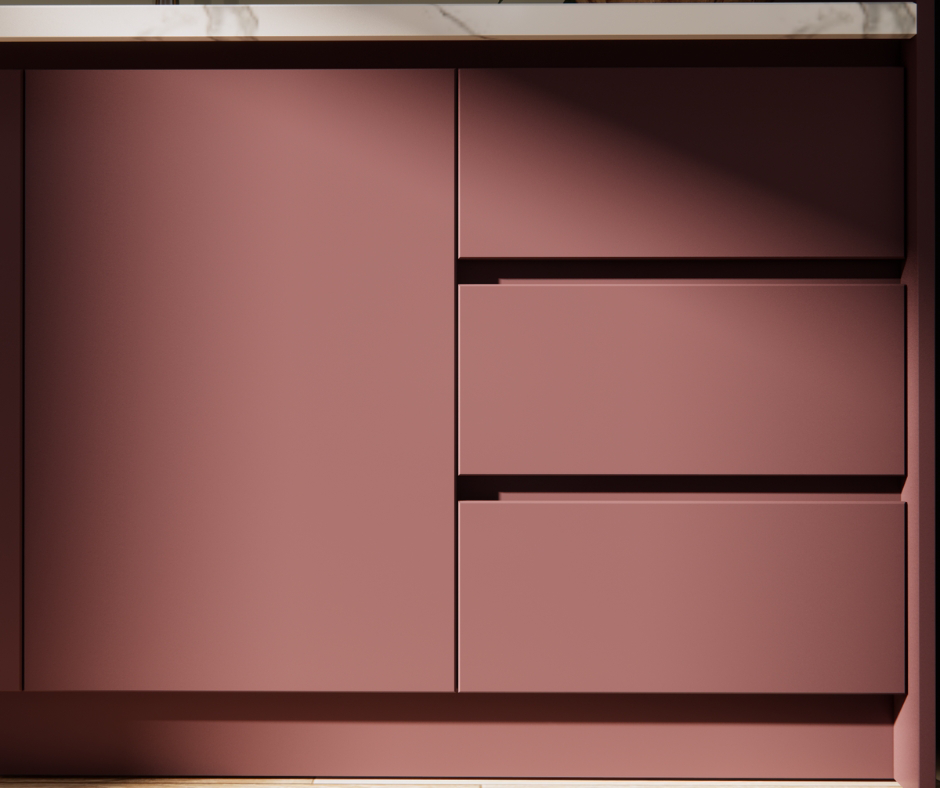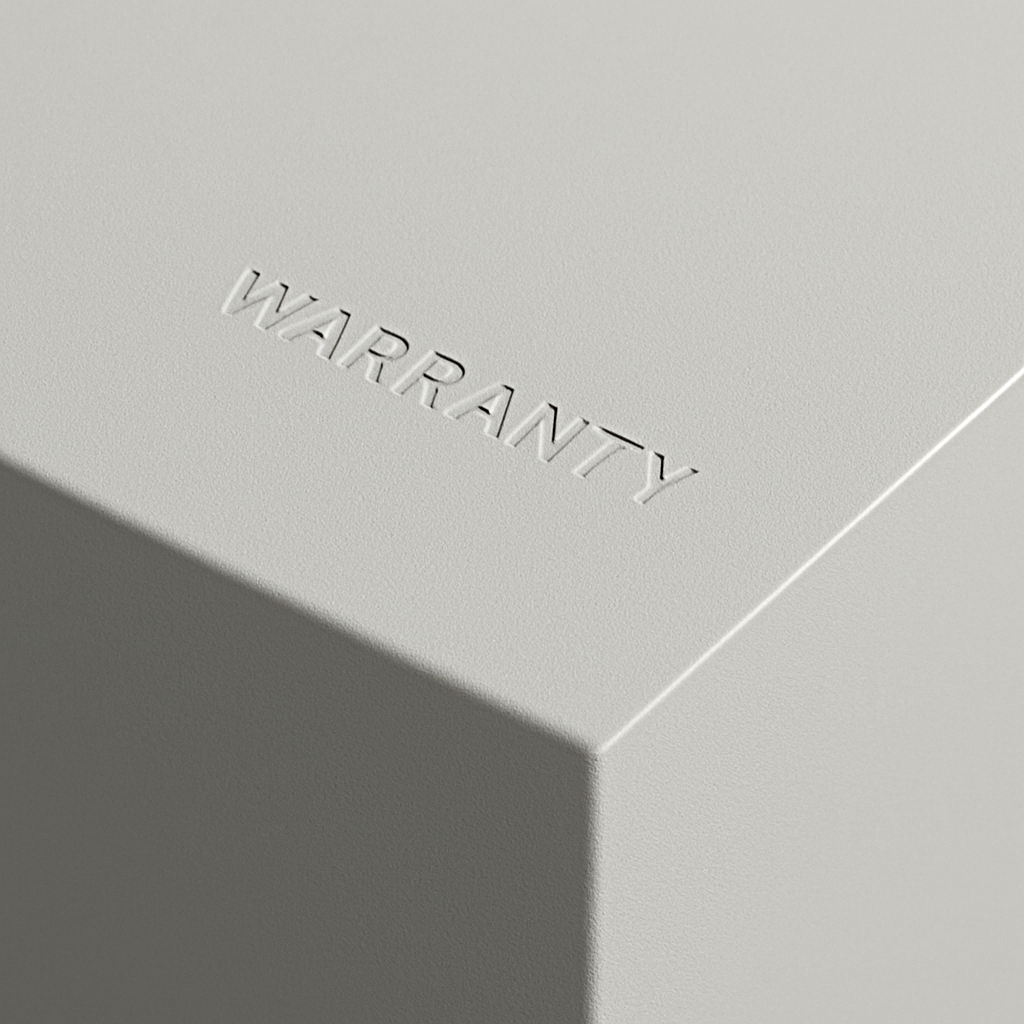Our Products
ONEDTL Thermolaminate
for uncompromising design
Super Matte
High-performance, 90° bendable super matte & anti-fingerprint surfaces.
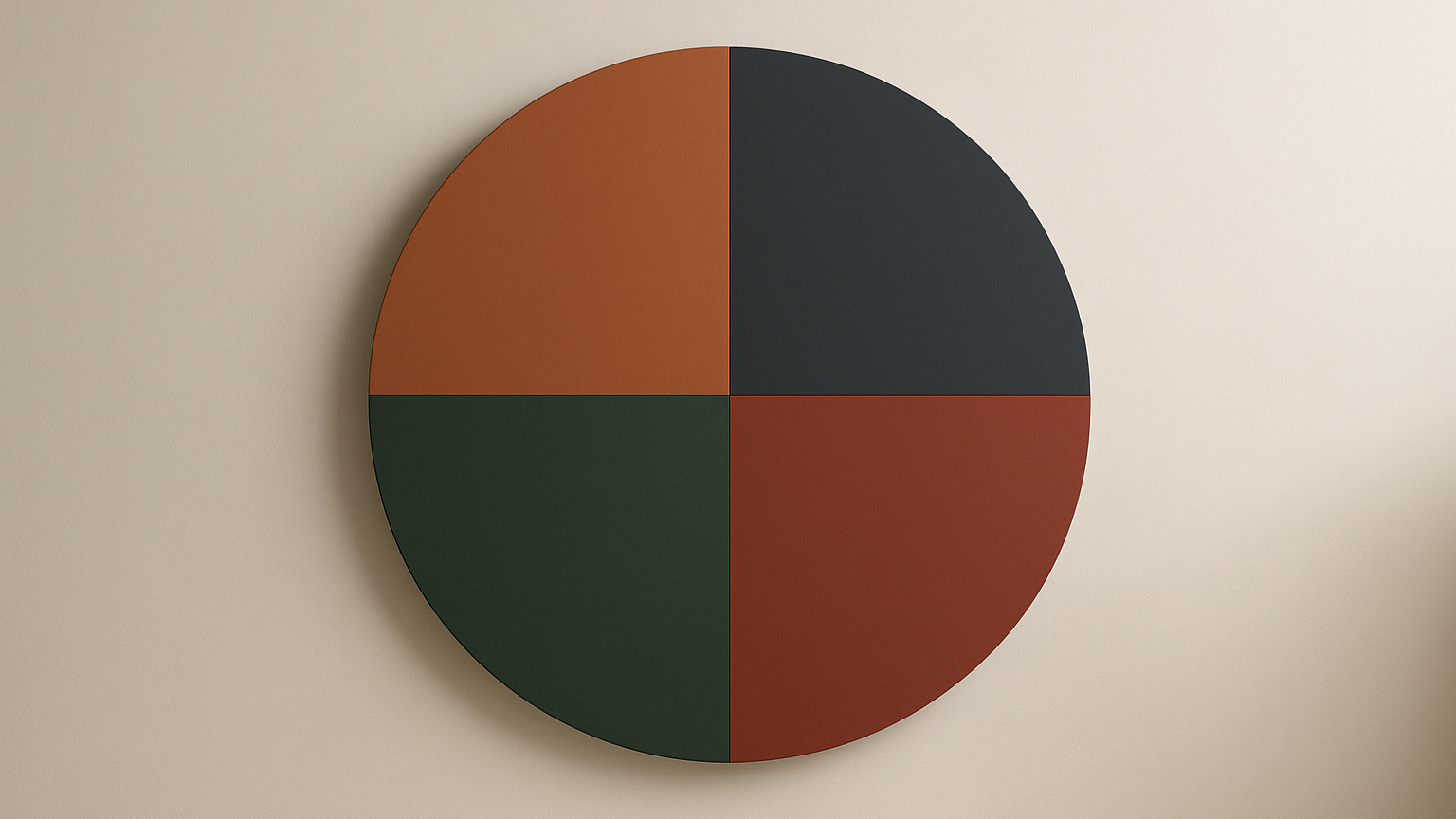

High Gloss
Vibrant mirror - like laminates.
Printed Textures
Realistic wooden printed & textured laminates.
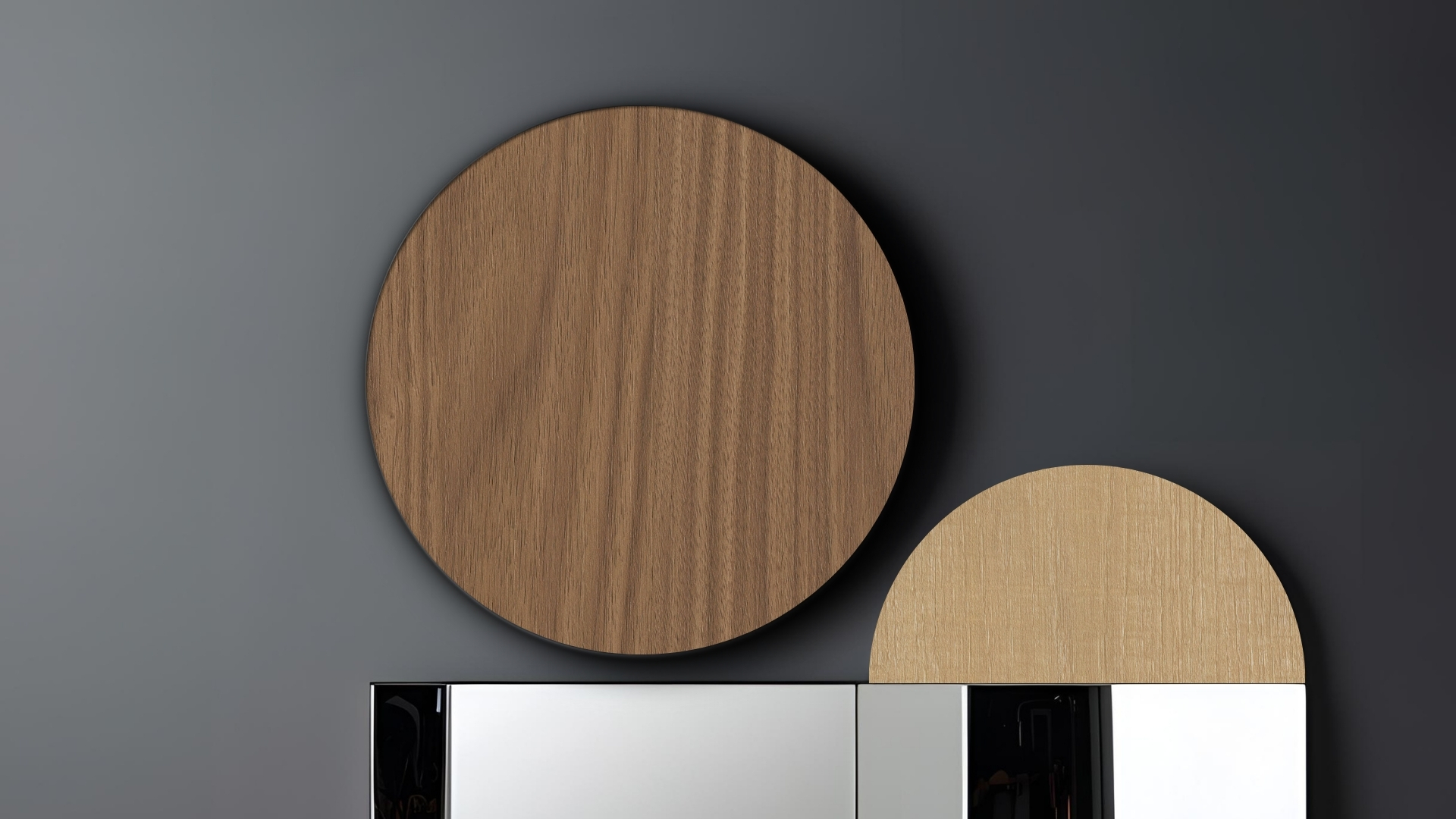
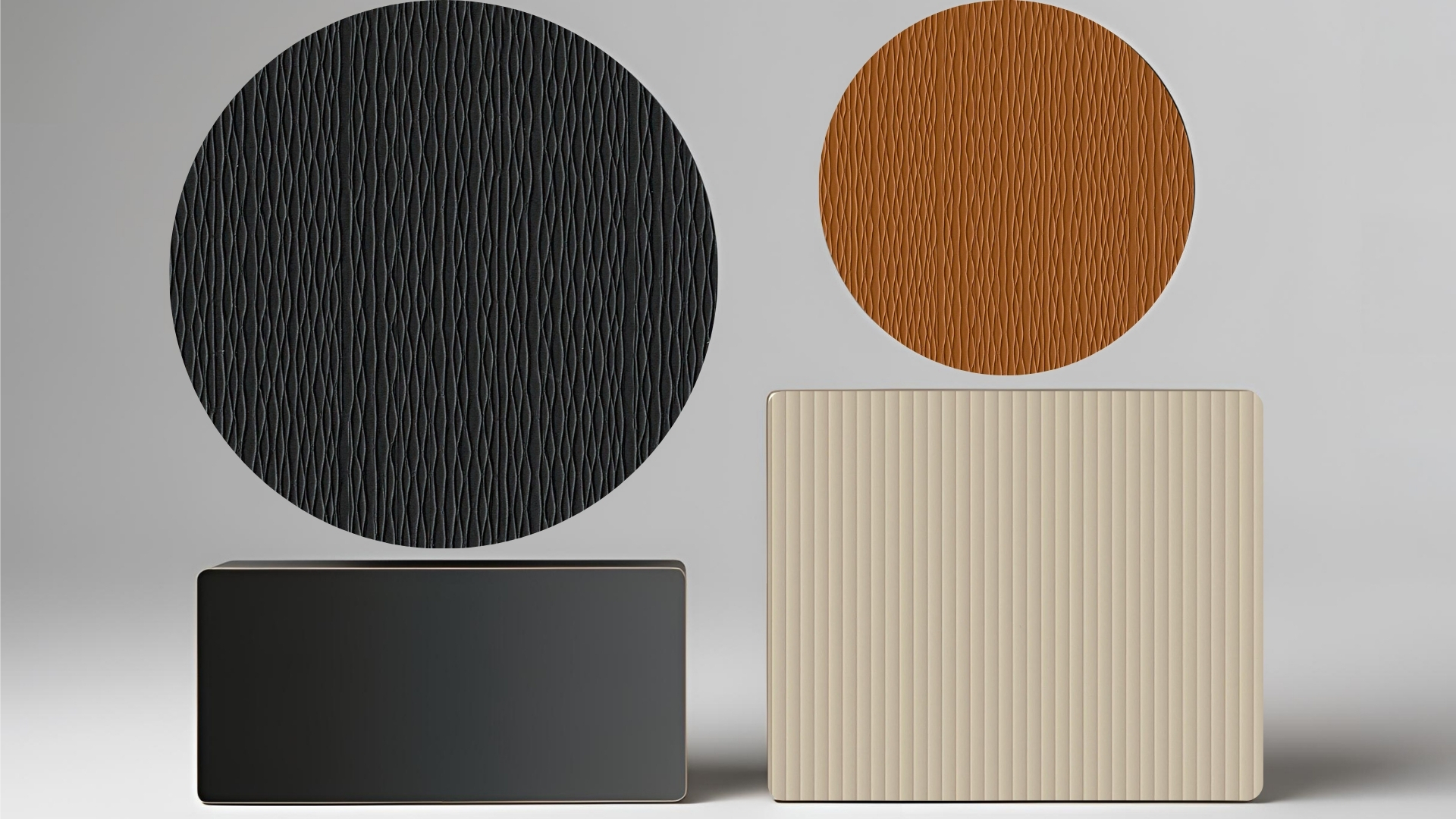
Solid Textures
Solid color textured laminates to add character to your space.
About Us
At DesignTree, we believe thoughtful design deserves thoughtfully made materials. From the very beginning, our focus has been on creating surface solutions that meet the real-world needs of designers and architects. Our processes are built around precision, quality, and care. Every product we develop is engineered to perform where others fall short. Proudly made in India, we continue to grow with one simple goal: to support better design, through better materials.
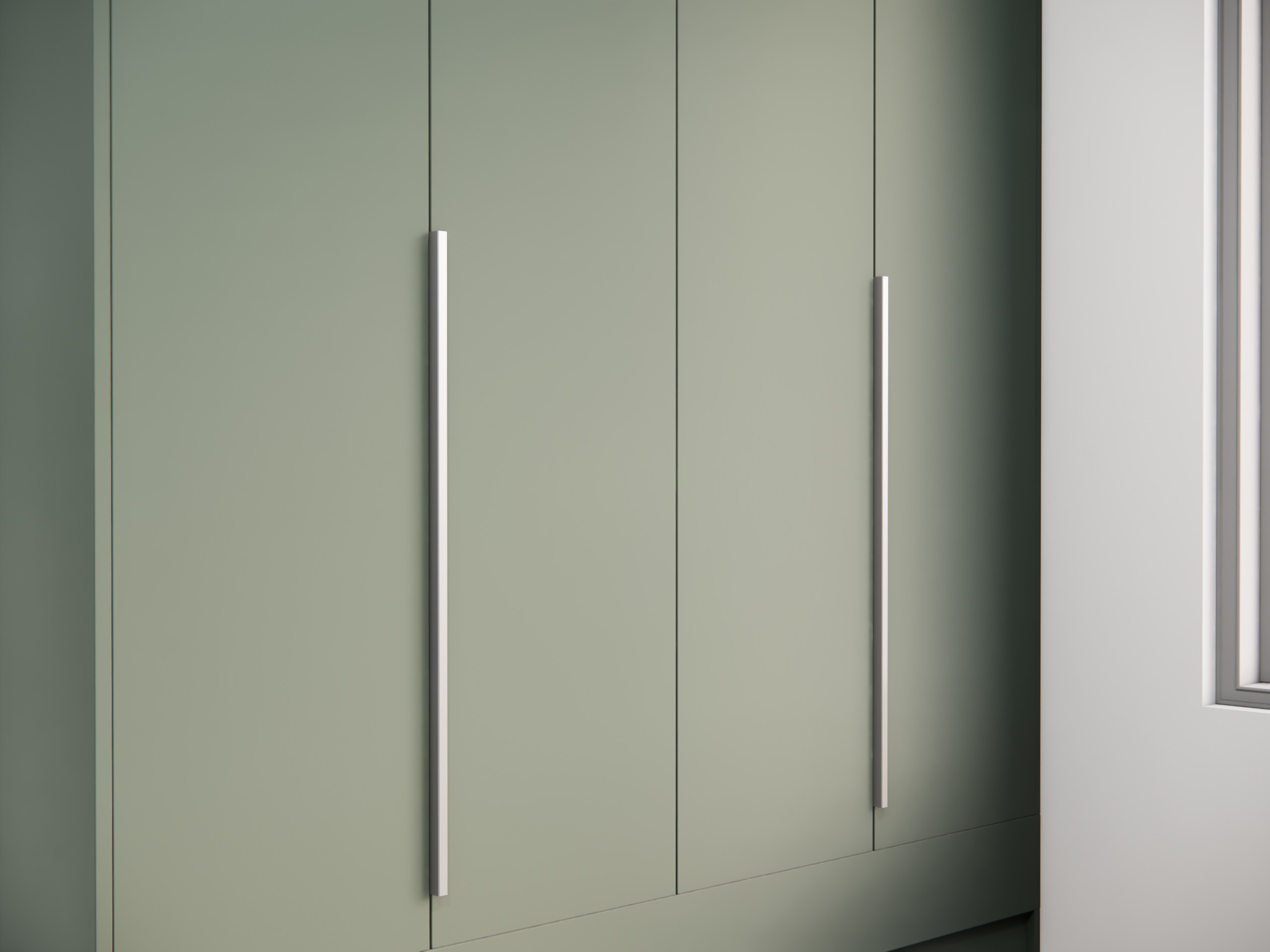
Made in India
Green Pro Certified
Inventors of thermolaminates
Wide range of designs
Engineered for quality
Trusted by architects and designers
ONEDTL Thermolaminate
We inspire thoughtful, livable spaces.
Customer
Satisfaction
Say It Simplifies
Projects










